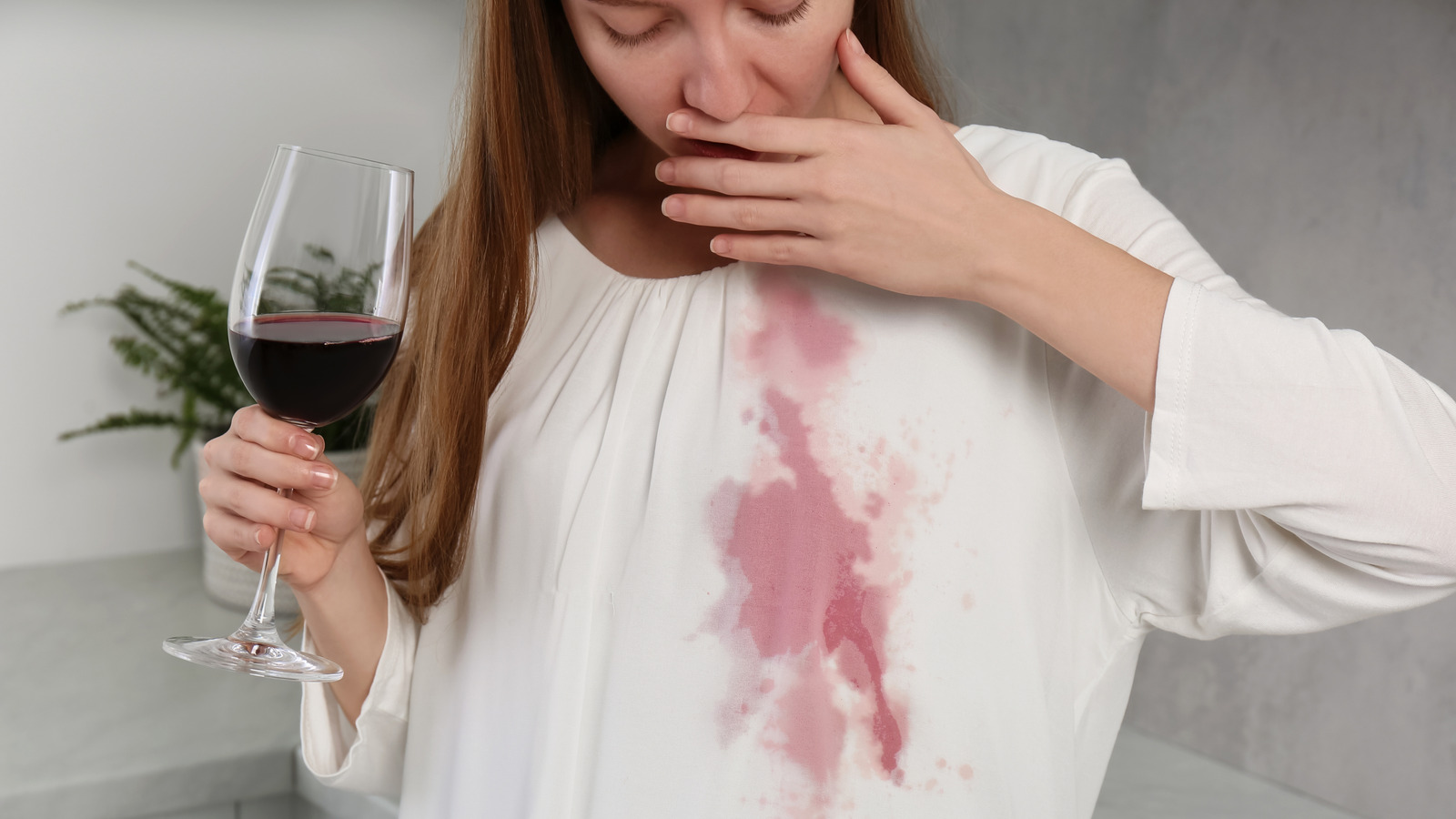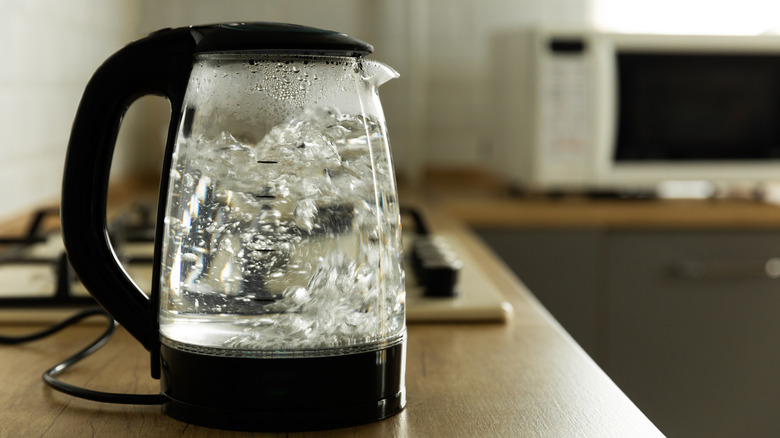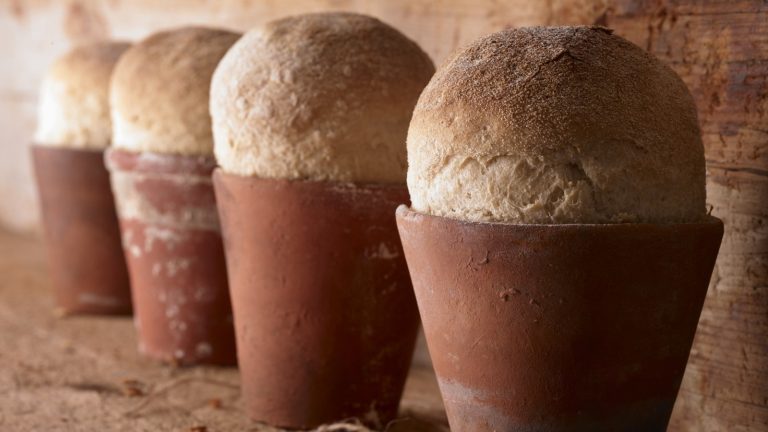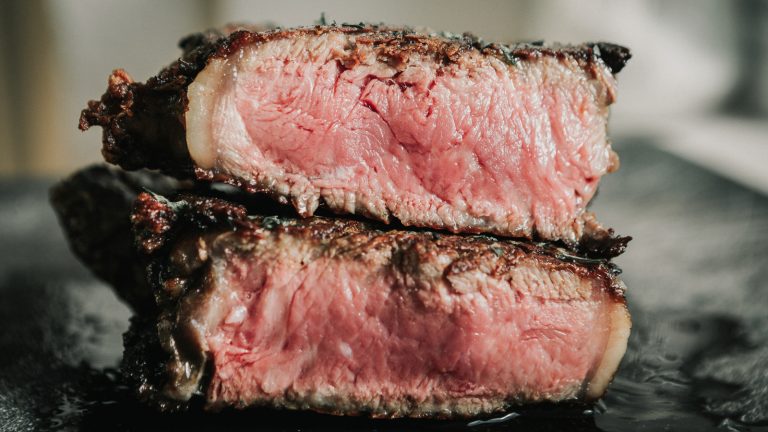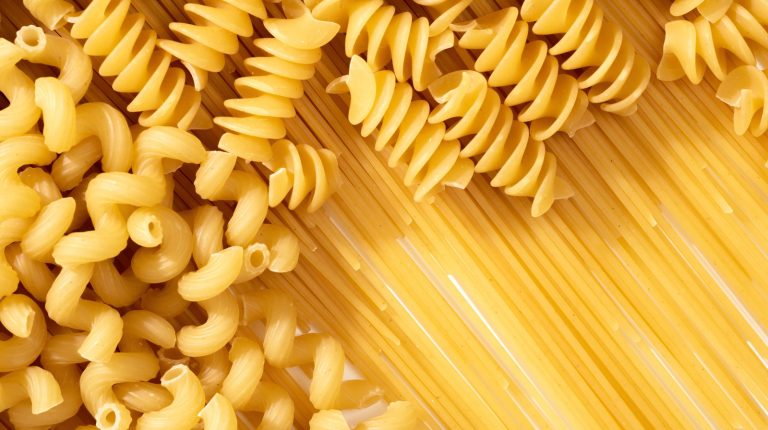Is there anything more annoying than pouring yourself a nice glass of your favorite cabernet sauvignon or that spicy Montepulciano you brought back from Italy, only to watch it ruin your outfit as it lands on you before you even take the first sip? Though white wine doesn’t stain as badly, red wine is incredibly stubborn and a true pain to clean. As it happens, red wine gets its intense red color from the pigments present in grape skins, called anthocyanins. Once these hit a surface, they can dye everything from shirts to cookware. To make matters worse, let the stain dry and it might never come out. But it’s not the end of the world just yet — while you may have heard club soda is your friend for red wine stains, let’s introduce another ally to the list in boiling water.
This little trick might initially make you question how it could possibly compete with heavy-duty detergents and wine stain removers specially formulated to break down anthocyanins. However, its beauty lies in its simplicity: Pouring hot water over the stain loosens the bond between the wine and the fabric. This not only helps remove the stain, but also saves you from wasting a fortune on expensive detergents that might not even work. So grab that electric kettle and let the cleaning begin.
How to get rid of that wine stain for good
Wine stains might seem like a complete disaster, but they’re actually one of 13 common food stains you can clean with pantry ingredients (salt being yet another way to successfully tackle them). If you happen not to have any at home, or any other cleaning agents for that matter, turn to your electric kettle to save the day. Once you get that water up to a boil (212 degrees Fahrenheit, fyi), all you need to do is stretch the fabric tight and pour the hot water directly over the stain. In case you were wondering if cold water actually boils faster, let’s clear that up straight away — this is nothing but a myth.
Now, even though boiling water doesn’t do all the work on its own (you still have to use some kind of cleaning product), it helps dilute the stain and makes the cleaning process much easier. You can effectively apply this technique on fabrics such as cotton and linen, but you might want to avoid using it on delicate materials such as silk, which requires a gentler touch and could shrink or lose softness when exposed to hot water. Ultimately, if you choose this method, it’s crucial to apply the hot water as soon as possible after the wine hits your clothes. Who would’ve thought getting those pesky wine particles out of your clothes could be this easy?


